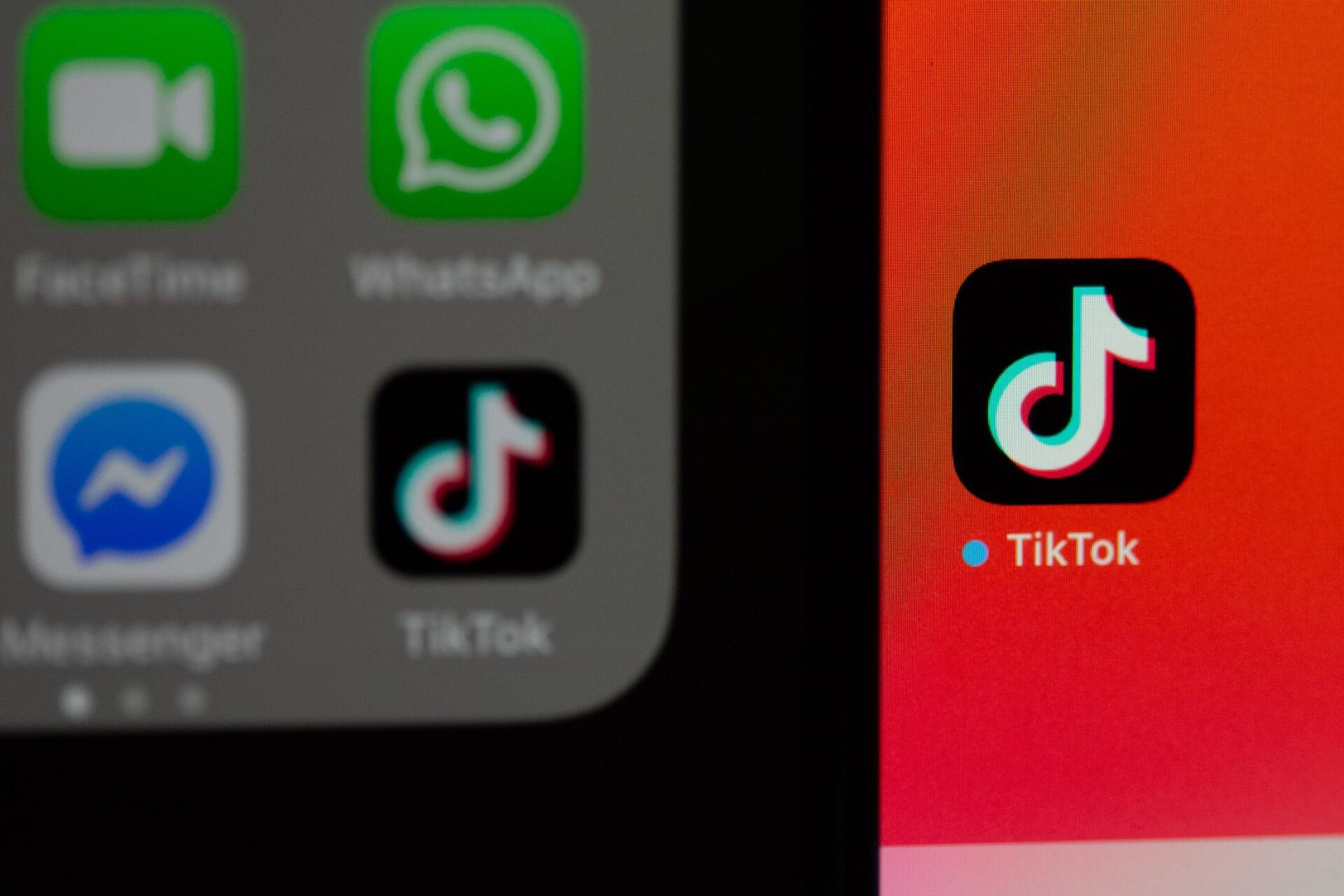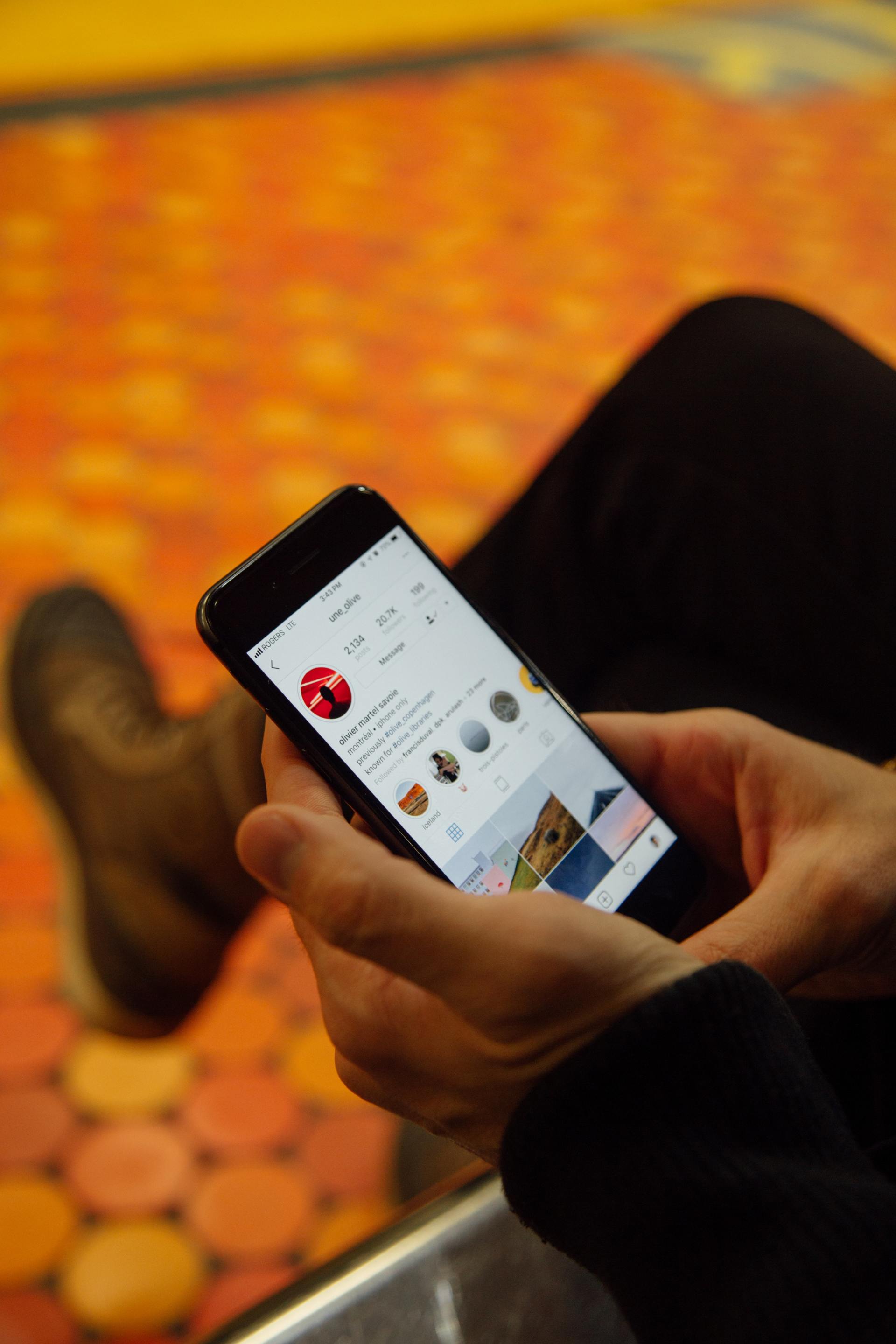A Day In A Social Media Manager's Work Life & Why Your Brand Needs an Agency
Every Great Social Media Manager's Days Are Filled With Tasks

Creating A Social Media Strategy
Creating a social media strategy that incorporates all key stakeholders, chosen KPIs, a defined audience, and the agility to optimize ad content and successful omnichannel marketing is necessary for successful social media campaign launch results with 2XROI or more! Make sure that you focus on the right channels and activities.
Audience Personas
Creating your user personas to target (aka target audience) and helping your team find tactics that lead to desired goals within those personas.
Creating A Social Media Strategy
What is the goal of your social media presence? How do you intend to achieve the goal? What social media channels are the target audience persona active on? What keywords are they searching for (aka the semantic SEO phrases)? What images will drive them? What action do you want them to take after seeing the ad? Click, call, form fill, video watch, subscribe, enroll, etc. Defining the campaign strategy is the easy part. Execution is where it matters.
Generate a Campaign Brief
Once you've outlined your strategy, write this all out in a simple one-sheet document to share with your team as your campaign brief. On a second sheet, add inspirational launch-related imagery - the key here is to provide thematic elements (colors, emotions, feelings, and scenes) that will be emulated in the creative assets generated for this campaign and the omnichannel presence across your website, email newsletter, and out of home (OOH).
Choosing A Budget for Your Social Media Campaigns
When you have a strategy where you want to go, you need resources to get you there. For budgeting, we lean on over two decades of digital ad industry experience, hands-on community management, cold-hard analytics, the company mission, values, and KPIs to help set the appropriate budget by platform, goal, and audience persona.
Some audiences cost more to get ads in front of, such as if they are buying a new car, versus life insurance, versus a new couch, versus a present for a "insert relationship identifier here," all that you also as a shopper have different budgets for.
If your product is a higher purchase upfront, to be competitive in the online ad market that is auction-based, bid pricing on placement will need a higher monthly budget than a lower upfront purchase item's campaign budget will need to be.
Work With Internal Stakeholders
Sometimes you need to prove that your budgets are an investment that will generate a positive ROI for the business. You need people who support your efforts. These are also the decision makers and trendsetters at the company. It's best for this team to be diverse to ensure the ad campaign ideas are vetted through more than one's personal bias viewpoint.
Plan Your Social Media Campaigns
When your social media strategy and budget are in place, then you can start to plan the execution phase. What will be the day-to-day activities needed to get you to positive results?
Recruit and Manage the Social Media Marketing Team, the SEO team, the Web Development team, and the Design Team for Your Organization.
Decide how many people you need. What social media activities do you want to keep in-house, and what can you outsource to an agency or a freelancer? What technical skills and know-how does your staff have for building and updating your website for better conversion rates, domain authority, and page authority? Is your team equipped to set up and manage ads, ad asset changes, ad optimization changes, and reporting?
Can they handle community management and customer service inquiries over email and social channels? What can you give to a trusted agency partner? What needs to be better defined with current contractors? What training does your staff need to future-proof your company for any pandemic, platform outage, or hacking attempt?
Your online forms need to work, or your social team's actions will fail; your website needs to have an SSL, huge images, slow load times, or the bounce rate is higher, costing you more in ads to get any ROI. All of these teams should communicate and workflows connected to ensure successful online ad campaigns.
Manage Change and Adopt Social Media and SEO into Your Organizational Culture.
You can combat the declining organic reach, algorithm changes, and network outages on major social networks by engaging your team and co-workers to generate initial organic reach for your campaigns, directing everything back to the home hub of your website to ensure your raving brand fans have somewhere to connect when Twitter is out, Slack goes down, or Meta closes shop (here's hoping).
In teaching SEO to everyone, the company benefits through long-term higher value link shares. The social posts rank higher in search results, landing page content has better conversion rates, and website accessibility is improved, causing higher search rankings for relevant semantic keywords.
Work with other branches of marketing, and the rest of the people filling your org chart at your company to integrate social media with all marketing.
When different company activities support each other, you get results exceeding your individual efforts. In this case, one plus one is often more than two. Break down the silos for company marketing initiatives, gamify the requested support activities (or pay them to flat out additional money for these tasks), provide a culture worth shouting about, and your company will grow.
Social Media Implementation
You need to measure the results when you have planned your social media strategy and executed it flawlessly. Increased awareness, more leads, sales, etc. These are the numbers by which you evaluate your performance. Take a look at the social media KPIs - Manage social media campaigns and day-to-day activities – Avoid micro-managing your colleagues.
And some of these tasks take more than your average Facebook status update. Track results and keep communication channels open to deal with any issues that may come up in the dynamic social media marketing environment (school shootings, pandemics, failed coups).
The Social Media Team's Responsibilities
Manage Presence On Social Media Networking Sites
Posting new content, answering comments, and sharing material from important influencers, fans, and customers. Each social network has its own individual features and ways to engage and post on the platform. By and large, they are photo posts, text-only posts, and video posts. Some platforms allow link shares, some provide live streaming capabilities, and some provide post and delete options.
These features get updated and changed frequently and can create their own individual positions within a company or need full teams to provide enough coverage on creating, community management, planning, and analytics.
Brand Advocacy
Finding bloggers, forums, and influencers to work with. Build a brand ambassadors network where all the members feel that their relationship with your brand is something special. There are some prebuilt brand advocacy networks available, niche and non-niche out there, we've worked with BlogHer for many of our influencer programs.
Community Outreach
Go to the communities that discuss the issues related to your business. Are they on Reddit, a community Discord, have a bi-monthly Twitter chat, IG Live, TikTok Live, YT Live? Help out people and engage with active members of the community. Engage in conversations and answer relevant questions to provide value to these conversations and build trust with you and your brand.
Content Creator Responsibilities
- Create Images for Facebook, Instagram, Twitter, Pinterest, SnapChat, and LinkedIn
- Create Images for Blog, Website & Email Newsletter
- Create Videos for Facebook, Instagram, Twitter, Pinterest, LinkedIn, Youtube, SnapChat, and TikTok
- Edit Videography, add branding and overlay elements for customer engagement (cta examples: "Follow us!, "Like for more ideas like this!", & "Subscribe to get Reminders for New Content!",)
- Review Analytics & Engagement to Optimize Future Creative Assets
- Create Ad Assets for display, Facebook, Instagram, Pinterest, Twitter, TikTok, SnapChat, Youtube,& LinkedIn
- Host and Co-Host Influencer Events, Lives, and Calls Across Social Networks and IRL
Content Marketing Manager
Responsibilities Somewhat overlapping with a Social Media Manager's tasks is a list of Content marketing manager responsibilities. The Content Marketing Manager is essentially the editor in chief of your brand. They are the last view point on social copy, email copy, and website copy. They live and breathe your brand online in the form of commenting, content sharing, and link building.
- Post and Comments on relevant blogs
- Create and Maintain a social media editorial calendar and posting schedule
- Syndicate Content on Social Networks - put your content where it has a chance to spread. Don't post it only on your social profiles. Your message will spread on other people's properties.
- Write editorial content – write every day. Write something that you can use as content. At least 100 words per day and 1000 words per week. This will get you to about 3 blog posts per month. You need more but that's a start.
- Find and negotiate relevant brand partnerships to increase link building opportunities
- Track & analyze onsite engagement metrics; form fills, click thru rate, pages per visit, time on site, bounce rate, and new users are all excellent KPIs to focus on when measuring the content performance. Social shares and engagement on social posts is another!
Social Media Manager / Social Strategist:
- Know or be familiar with the industry in which the company or business is in.
- Design a social media strategy that's in line with the brand identity, the company's audience, and goals.
- Administer and control budgets for different strategic actions.
- Define strategies to build/enhance the follower/fan base and to develop channels that strengthen engagement.
- In coordination with the marketing team, define promotion campaigns, competitions, paid-advertising, events, and product launches, in order to implement them on various platforms that have been decided to be used.
- Define content strategy, communication style, and control the execution of calendar content.
- Define and segment the user or “marketing persona” who the communication and actions will be directed towards.
- Define and control: social media KPIs, conversions and ROI objectives (always in coordination with the sales and marketing department of the company).
- Select what tools and apps will be used to perform tasks.
- Design a plan to tackle a social media reputation crisis.
- Define an SEO strategy.
- Guide research for market and industry insights in order to apply different strategies.
- Study and analyze the results of reports provided by the Community Manager to detect both threats and opportunities, as well as to measure the effectiveness of various actions. Based on this, make decisions concerning each of the above aspects, in order to make improvements, changes, or a change of strategic direction, etc.
- Work closely with the client and the various departments of the company, to discuss the results and propose strategic improvements: Public Relations, Marketing, Product, Sales, Directory.
- Work on the development of strategic alliances within the social media industry for future actions that can strengthen the growth of communities and the brand.
- So far, this is what we can say are the characteristics of an SMM, which leaves in general terms, the mission of building, managing and administering a community in the various social media platforms for the Community Manager, along with the aim of establishing and sustaining a lasting and reciprocal relationship with it.
Inspired by the Manifesto of Community Managers created by Tim McDonald (Hello SXSW) Natalie Rodic Marsan and Nick Cicero, I created the following list.
Community Manager Responsibilities:
- “Represent the spirit” of the brand or company, and be the number one advocate.
- Create pages on social media platforms that were selected in the strategy. Optimize them as defined by the brand image of the company.
- Create, recognize, find, and cure valuable content to the community and that follows the “editorial” line proposed by the strategy. In this case, it may be necessary to work with a graphic designer to optimize the content.
- Update pages: planning, profile about sections, scheduling and publishing daily posts, tweets, using tools such as Content Studio
- Listen to users and respond to their comments and inquiries, to make them feel valuable. -Customer service using tools such as Content Studio-
- Identify, cultivate, and strengthen relationships with brand influencers, so that they become followers and advocates of it.
- Moderate activity and conversations on the various platforms.
- Create a space for communication, participation, and collaboration through established Community Guidelines.
- Implement actions such as competitions that are defined by the SMM.
- Monitor trends in social media to stay updated across different platforms, not only with the content that's already been created or cured.
- Identify needs and preferences of users
- Constantly control basic indicators such as likes, clicks, reach, participation, retweets, re-shares, number of comments.
- Be the voice of the community and provide the company and SMM with insights and opportunities for improvements obtained by the opinions and behavior of the community - Identify great User-Generated Content aka UGC.
- Give daily feedback about the activity on the platforms and review metrics with the Social Media Manager
- Collect the results of different reports obtained from the analytical and monitoring tools and prepare reports for analysis by the various departments and especially by the SMM.
Keep scrolling for the AM/PM Checklist for Social Media Managers Guaranteed to help you grow your online social presence! If you're ready to hand off your SEO, Social Media Management, or more, contact us now to get started!
If you're ready to get to work as a social media manager for your brand, download the am/pm checklist to keep yourself organized and on the right track to growing your brand's online social presence!
Download Our AM/PM Checklist for Social Media Managers
This post may contain affiliate links, which means that we may receive a commission if you make a purchase using these links.


















